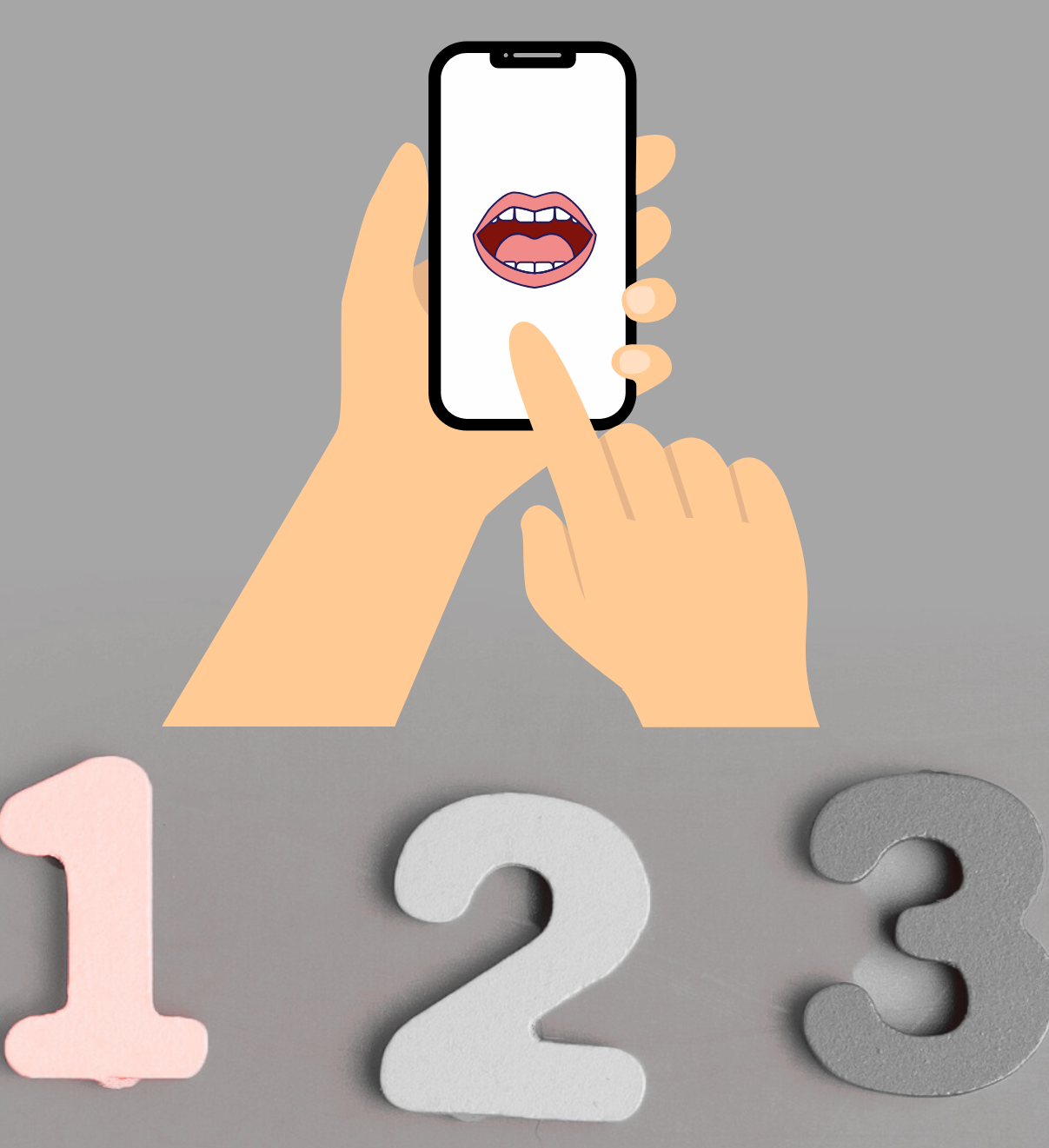
The "SH" Sound
Information for Parents and Carers about the "sh" sound
Pronouncing the "sh" sound
The “sh” sound might be difficult for your child to form with his or her lips and tongue. Having trouble with the "sh" sound is common for young children.
Error Patterns
If a child has trouble pronouncing the “sh” sound, the most common error pattern is using a "s" sound in place of "sh".
e.g. "she" is said as "see"
e.g. "pushing" is said as "pussing"
e.g. "cash" is said as "cas"
When should “sh” be clear?
The "sh" sound is typically correct by 4.5 years of age. That means that most children will develop the ability to coordinate the tongue, teeth and lips by 4.5 years to produce a correct “sh” sound.
A 3 year old who says "See the seep" (for “See the sheep”) does not have a speech delay. Instead, he or she has a typical "developmental" error.
A developmental error is when a young child “changes” or “simplifies” a sound in a predictable way. This happens as part of typical development because the child is still learning how to coordinate the tongue, teeth and lips with the precision needed for clear speech.
Helping Your Child with “sh”
It's a good idea to help your child with the “sh” sound by giving a few tips on how to form the sound. Start by showing your child how YOU form the "sh" sound. For example, you could point to a shoe then show how your own mouth makes the "sh" at the start of "shoe".
It can be helpful to exaggerate the sound while letting your child watch your mouth movements:
e.g. "Watch my lips - shhhhoe"
If your child doesn’t want to copy you, that’s perfectly fine. Your child will still be benefitting just from hearing the sound being made slowly.
Things to say to your child
If your child does try to copy you, it might be quite hard and he or she is likely to keep getting the sound wrong at first. Your reaction is very important at this stage. Keep the activity lighthearted and positive. Try to avoid saying "no" or "that's wrong". Instead, try saying simple, short phrases:
“Stick your lips out”
“Move your tongue back"
"Make it sound like mine - shhhh"
“Good try”
“Watch me”
“Let’s look in the mirror”
"Almost"
"You'll get it soon"
"It's hard to say the "sh" sound"
What if my child can't get it right
If your child is already 4.5 years (or older) and the above simple tips don’t seem to be helping, you might like to reach out to a speech pathologist.
Other errors with “sh”
The "sh" sound has air that flows out the mouth under pressure. The air is squeezed over the tongue and through a tiny gap between the top and bottom teeth.
The "sh" sound is a long, flowing sound, known as a "fricative". (Fricative is a term used by speech pathologists).
Some children find it hard to make a long, flowing fricative sound for 'sh'. Instead, the sound might be simplified to a shortened sound that comes out as a puff of air under pressure (a "plosive").
If a child uses a short sound for the long "sh" sound, he or she might change the "sh" sound into a "t" or "d" sound.
e.g. "she" is said as "dee" or "tee"
Helping a child to say “she” instead of “dee” or "tee" can be quite tricky for both the adult and the child. Try the tips in the video below and reach out to a speech pathologist if looking for further guidance.

